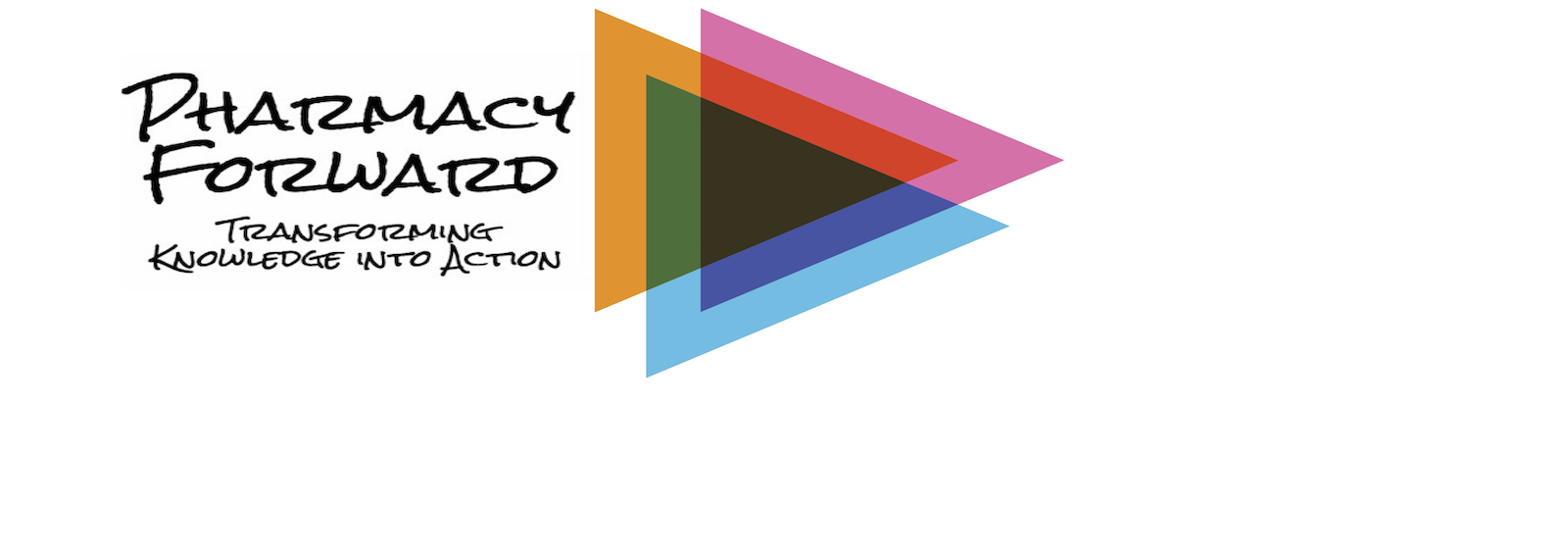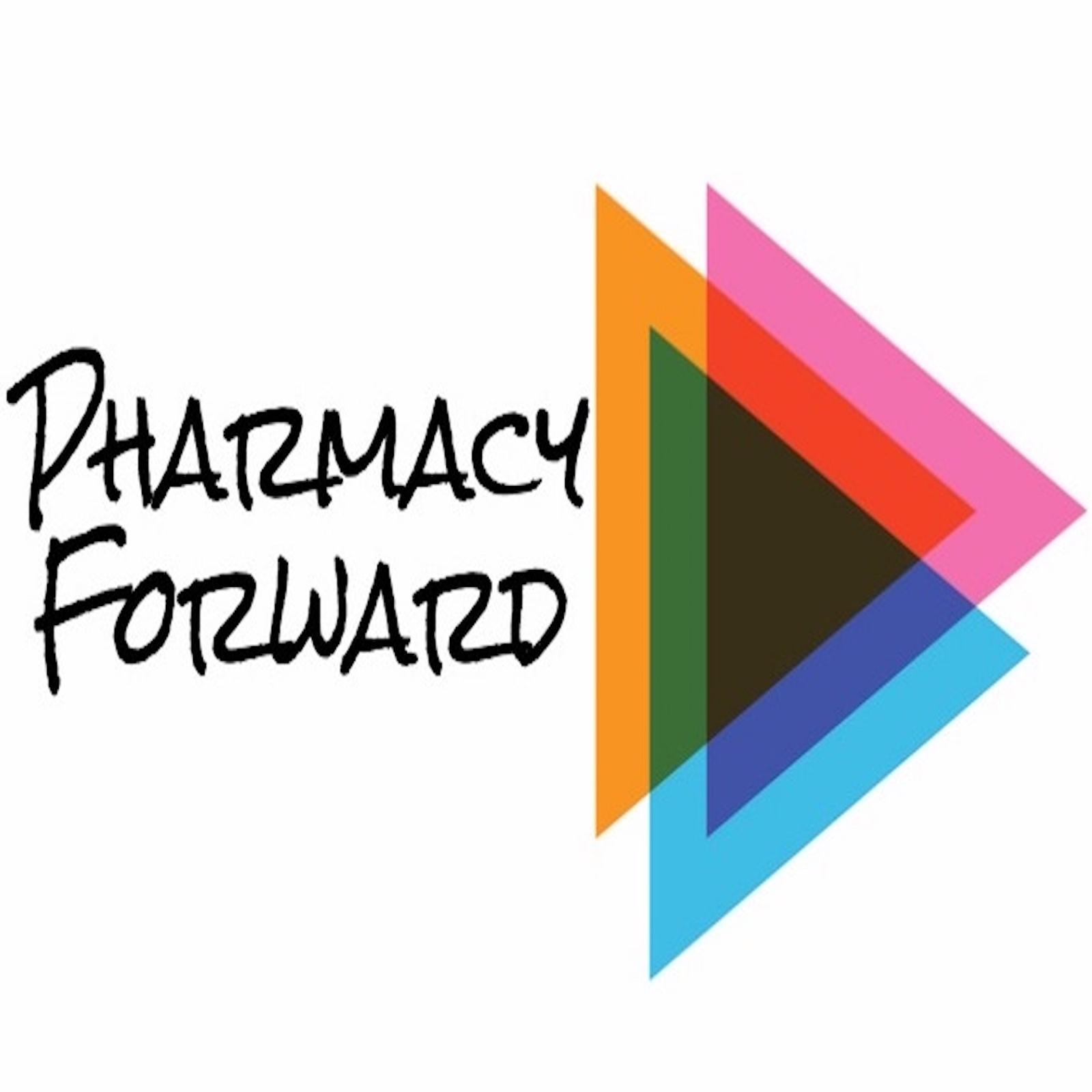Episodes

Tuesday Jun 18, 2019
Marijuana Use - Medical, Health, and Legal Issues (I)
Tuesday Jun 18, 2019
Tuesday Jun 18, 2019
Kari Franson, Pharm.D., Ph.D., BCPP - Associate Dean for Professional Education at the University of Colorado Skaggs School of Pharmacy and Pharmaceutical Sciences - talks to us about the medical use of marijuana, THC, and CBD.
Key Lessons:
- Cannabis plants have been used for medical, recreational, and industrial purposes for thousands of years.
- The two active ingredients in cannabis plants include tetrahydrocannabinol (THC) and cannabidiol (CBD) - collectively known as cannabinoids. They have distinctly different pharmacological properties.
- Cannabis plants that contain less than 0.3% of THC by dry weight are legally classified as hemp. Cannabis plants can be cultivated to have more (or less) THC and CBD content.
- Prescription products containing THC have been available for more than 30 years. A buccal spray containing THC + CBD has been approved (but not in the United States) for the treatment of muscle spasms/stiffness associated with multiple sclerosis. A purified CBD product was approved by the FDA for the treatment of rare childhood seizure disorders in 2018.
- There is a long list of claimed medical uses of marijuana (typically contains high concentrations of THC). Not all claims are supported by sufficient evidence and some have been refuted by the evidence. Far less is known about the medical uses of CBD.
- Cannabinoids are erratically and slowly absorbed from the GI tract.
- There are substantial legal barriers to studying cannabis and its health consequences in the United States.

Thursday Dec 13, 2018
Opioid Overdose Crisis (II)
Thursday Dec 13, 2018
Thursday Dec 13, 2018
Suzanne Nesbit, Pharm.D., BCPS - Clinical Pharmacy Specialist in Pain and Palliative Care at the Johns Hopkins Health System - and Lucas Hill, Pharm.D., BCPS, BCACP - Clinical Assistant Professor at the University of Texas at Austin and Director of Operation Naloxone - discuss how to improve patient safety by implementing opioid stewardship and harm-reduction strategies.
Key Lessons
- Opioid stewardship requires multiple components starting first with a commitment to change and includes opioid prescribing guidelines, provider feedback, and patient education.
- Discussing the goals of therapy, intended treatment duration, and realistic expectations with patients when opioids are prescribed is critical.
- Patients at high risk of opioid overdose should receive naloxone and trained how to use it.
- Naloxone standing orders or collaborative practice agreements can facilitate access.
- Information from prescription drug monitoring programs can be helpful during the medication review process but providers must recognize their limitations.
- Pain relief requires a patient-specific approach. Patients with a substance use disorder deserve to have their pain addressed too.

Wednesday Nov 14, 2018
Opioid Overdose Crisis (I)
Wednesday Nov 14, 2018
Wednesday Nov 14, 2018
Jeffrey Bratberg, Pharm.D., BCPS - Professor of Pharmacy Practice at the University of Rhode Island talks with us about the opioid overdose crisis - it's causes and potential solutions.
Key Lessons
- The causes of the opioid overdose crisis are multifactorial but rooted in hopeless and despair
- Illicitly obtained synthetic opioids are very potent and the leading cause of opioid overdose deaths today
- Opioid use disorder is a brain disease and all patients deserve compassionate care
- The response to the opioid overdose crisis (to date) has been anemic due to societal stigma and unconscious bias
- Supply-side solutions (e.g. prescription drug monitoring programs) to the problem may seem helpful but have unintended consequences
- Naloxone should be widely available and all health professionals should carry it

